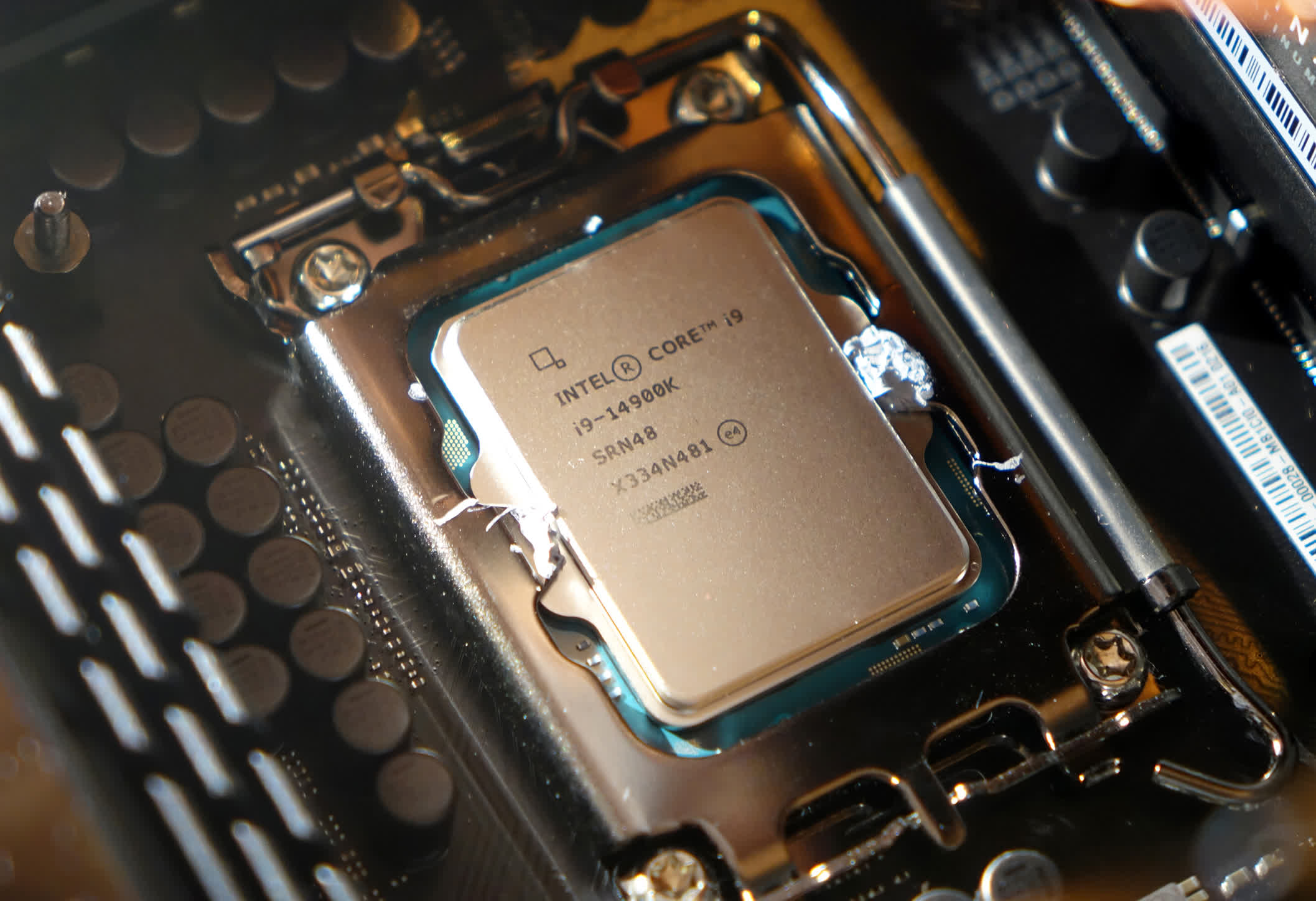What just happened? Overclocking enthusiast der8auer recently set about to determine what sort of performance is possible in Counter-Strike 2 using cutting-edge hardware and extreme cooling methods. To keep things somewhat realistic, he stuck to some baseline graphical settings that an esports competitor might utilize like 1080p resolution.
Using an Asus ROG Maximus Z790 Apex Encore paired with a retail Intel Core i9-14900K and an Nvidia GeForce RTX 4090 GPU, he was able to hit 7.4 GHz on the CPU with relative ease using liquid nitrogen.
At 7.4 GHz (overclocking only the P-cores), Counter-Strike 2 ran at around 950 frames per second on average. That's up from close to 800 FPS at 6 GHz using an all-in-one liquid cooler, so a nice improvement for sure. To break the 1,000 FPS barrier, however, der8auer switched to a binned CPU with more headroom. An OC of 7.5 GHz with some work to the E-Cores and cache did the trick.
Interestingly enough, further CPU overclocking netted few gains as the GPU had become the bottleneck. Pushing to 7.8 GHz, for example, didn't have much of an impact on the game's frame rate.
der8auer reached 8.1 GHz using the LN2 setup after diagnosing a PCIe Gen5 SSD overheating issue. Adding some active cooling to the drive remedied the matter.
Liquid nitrogen is a proven tool for extreme overclockers, allowing them to push hardware well beyond what it was designed for. The catch, of course, is that the gains are only sustainable for a short period due to perils like condensation and the sheer cost of maintaining a steady supply of LN2.
Later in the session, Asus was able to push one of their binned chips to over 9 GHz using liquid helium at a super chilly -240 degrees Celsius.
Valve announced Counter-Strike 2 earlier this year. The game was developed as an updated version of Counter-Strike: Global Offensive, and replaced the earlier entry when it debuted in September. It's free to download over on Steam if you're interested in giving it a spin.
